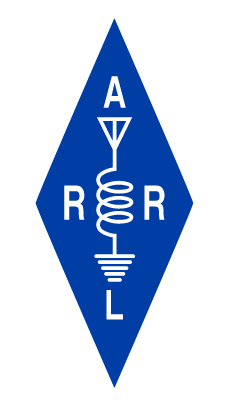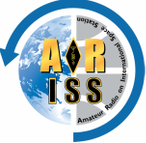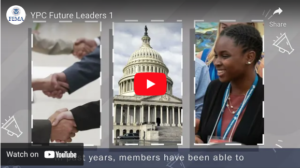 Important Message from ARRL VEC
Important Message from ARRL VEC
By Maria Somma, AB1FM, ARRL VEC Manager
The FCC released a Public Notice on March 23, 2022, stating that the amateur radio application fees, including those associated with Form 605 application filings, would become effective on April 19, 2022. The Federal Communications Commission’s authority to impose and collect fees is mandated by Congress.
The $35 application fee, when it becomes effective on April 19, will apply to new, renewal, and modification applications that request a new vanity call sign. The fee will be per application.
Administrative updates, such as a change of name, mailing or email address, and modification applications to upgrade an amateur radio licensee’s operator class*, will be exempt from fees. (*this new information was just confirmed by FCC staff on Tuesday, March 29.)
VECs and Volunteer Examiner (VE) teams will not have to collect the $35 fee at exam sessions.
Once the FCC application fee takes effect, new applicants will pay the $15 exam session fee to the ARRL VE team as usual and pay the $35 application fee directly to the FCC by using the CORES FRN Registration system. VEC and VE team licensing procedures will not change.
When the FCC receives the examination information from the VEC, it will email a link with payment instructions to each qualifying candidate. The candidate will have 10 calendar days, from the date of the application file number being issued, to pay. After the fee is paid, and the FCC has processed an application, examinees will receive a second email from the FCC with a link to their official license or, in very rare instances, an explanation for why the application was dismissed or denied. The link will be valid for 30 days.
Per usual procedures, examinees that pass multiple exams at one session, will have one application transmitted to the FCC reflecting the highest-level license class earned. Again, our procedures will not change. The new license candidates will have an extra step before the license is issued. VE teams can point candidates to our FCC Application Fee webpage. Our new ARRL VEC CSCEs also include information about the application fee and points candidates to the webpage. The FCC rule pertaining to CSCEs will not change. CSCE credit will continue to be valid for 365 days, starting from the date of issuance.
For VE teams holding exam sessions the weekend before April 19, the FCC advised that applications not received by the FCC before April 19 will be subjected to the fee. The ARRL VEC urges teams to upload sessions via our documents upload page to get your sessions to us as quickly as possible. Assuming the FCC electronic batch filing (EBF) system is functioning properly on Monday, April 18, the VEC staff will work to get these to the FCC before April 19. Email the VEC department at VEC@arrl.org for the upload instructions.
Additionally, the FCC stated that the fee for applications processed and dismissed will not be refundable. This includes vanity requests where the applicant does not receive the requested call sign. However, returned applications that are missing information will not require an additional fee, if the missing information is submitted to the FCC within the proper amount of time.
Youth Licensing Grant Program
Anticipating the implementation of the fee in 2022, the ARRL Board of Directors, approved the ARRL Youth Licensing Grant Program in July 2021. Under the program, ARRL will cover a one-time $35 application fee for license candidates younger than 18-years old for tests administered under the auspices of the ARRL Volunteer Examiner Coordinator (ARRL VEC). Qualified candidates also would pay a reduced exam session fee of $5 to the ARRL VEC. ARRL is finalizing details for administering the program.
Further news and instructions will follow as the FCC releases them. Details for the ARRL Youth Licensing Grant Program will be posted when available. For additional information, visit the resources below.
ARRL VEC Application Fees webpage:
arrl.org/fcc-application-fee
ARRL News Story: arrl.org/news/new-amateur-radio-license-applications-fee-to-become-effective-april-19-2022
FCC CORES Video Tutorials: fcc.gov/licensing-databases/fcc-registration-system-cores/commission-registration-system-video-tutorials
FCC Registration Help: apps.fcc.gov/cores/publicHome.do?help=true

 Important Message from ARRL VEC
Important Message from ARRL VEC

